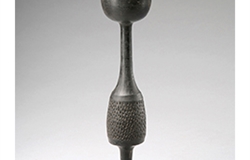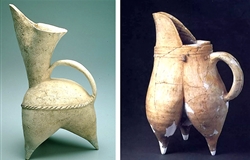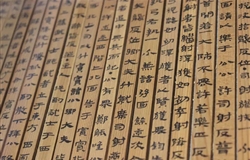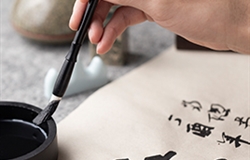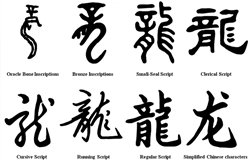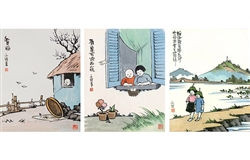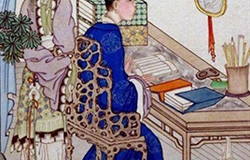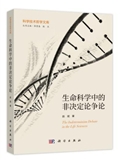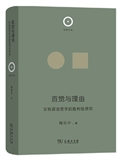Culture
-
The Longshan Culture was a late Neolithic culture which flourished in the middle and lower reaches of the Yellow River from about 2,500 to 2,000 BCE…[详细]07-08-2021
-
Compared with other ceramics, gui pitchers are more sophisticated. For many years, they have been eye-catching due to their distinctive design. [详细]07-08-2021
-
The study of bamboo and wooden slips has a long history in China, as bamboo and wooden slips predated the wide use of paper as a writing material. [详细]07-01-2021
-
Chinese calligraphy is the stylized artistic writing of Chinese characters, including several major styles. [详细]06-24-2021
-
Chinese calligraphy has varied with the times, displaying different styles that correspond with different periods in China’s history. [详细]06-24-2021
-
The Duanwu Festival, also known as the Dragon Boat Festival, falls on the fifth day of the fifth month in the Chinese lunar calendar. [详细]06-17-2021
-
China’s ancient paintings of the Duanwu Festival, also known as the Dragon Boat Festival, depict various traditions and customs. [详细]06-17-2021
-
Communicating through tea and poetry in this elegant way reflected the traditional pursuit of genuine relationships within Chinese society, and the …[详细]06-10-2021
-
Through the memories of celebrated authors, readers can gather inklings of how they were molded by their childhood experiences. [详细]06-03-2021
-
Pu created an imagined world which was full of bizarre creatures and occurrences, where the extraordinary became ordinary. [详细]05-27-2021
- In 221 BCE, the Qin wars of conquest brought an end to the Warring States Period, a tumultuous era marked by…MORE
- The tradition of painting coffins is deeply rooted in Han culture, and the origin of the lian-bi patterns ca…MORE
- China’s Great Wall dates back as early as to the Spring and Autumn period.MORE
- The Miaodigou culture was viewed as the heyday of painted pottery.MORE
- Xu Zhimo was known for his efforts to set Chinese poetry free from the constraints of its traditional forms,…MORE
-
Let me state that I am against a certain “apologetic” stance taken by the entire field of the humanities r…[详细]

